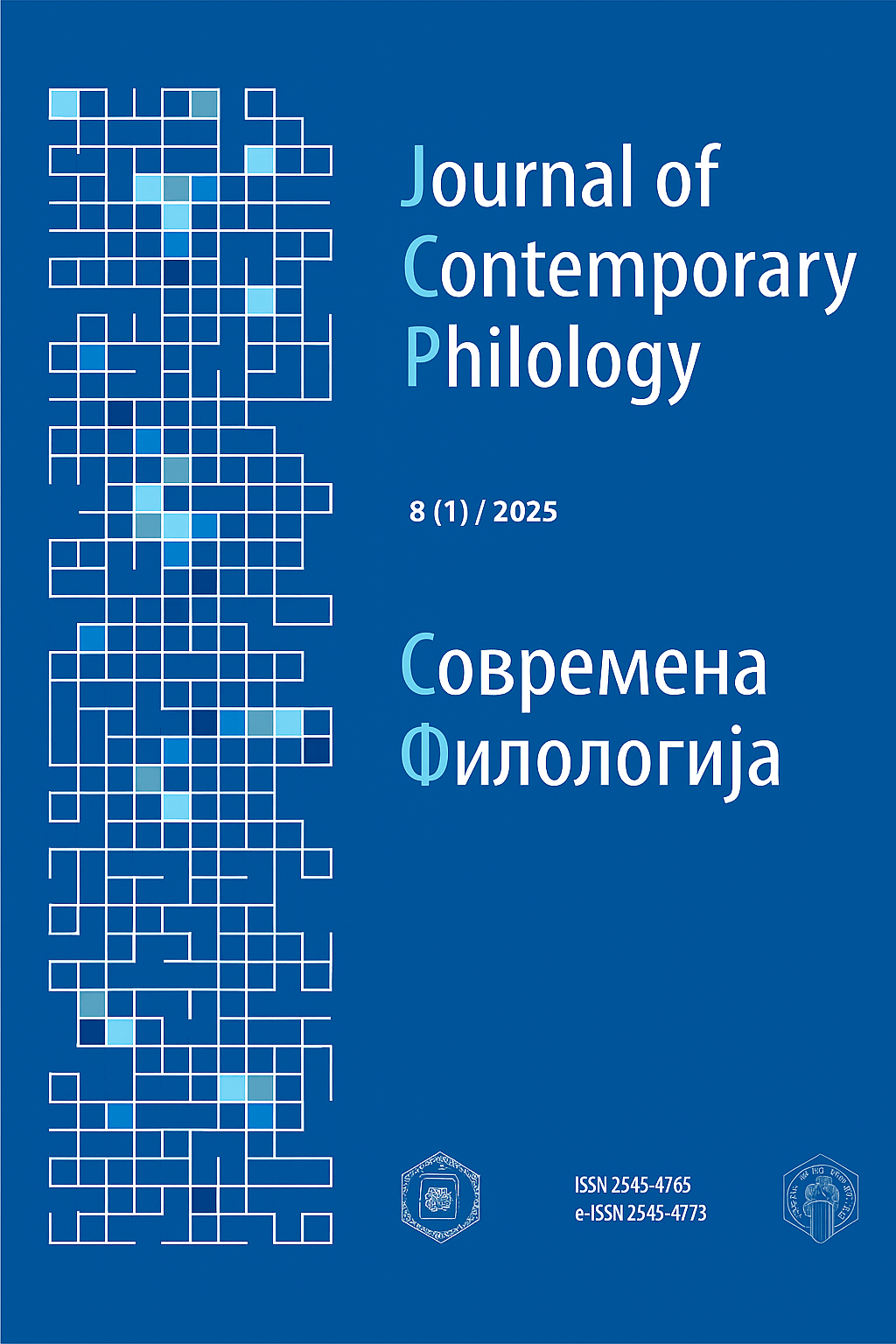ПРЕДИКАЦИСКАТА МОДАЛНОСТ ВО БАЛКАНСКИОТ ТУРСКИ ЈАЗИК: ФОРМАЛНА И СЕМАНТИЧКА ВАРИЈАНТНОСТ ВО ЈАЗИЧЕН КОНТАКТ
Дел 1. Веројатност и нужност
ДОИ:
https://doi.org/10.37834/JCP258185rКлучни зборови:
диајлектологија, семантика, морфосинтакса, стратегии на комплементацијаАпстракт
Оваа статија го претставува првиот дел од истражувањето на модалноста на настаните, изразена во одредени турски варијанти од Косово, Северна Македонија, Бугарија и од Источна Тракија (Турција). Јазичните структури се споредуваат со нивните функционални еквиваленти во модерниот стандарден турски јазик и со постојните варијанти во османлискиот турски јазик. Во истражувањето ги определуваме заедничките карактеристики и разлики меѓу балканските турски јазични варијанти. Варијантноста е карактеристична за различни синтаксички позиции на истражуваните конструкции и се однесува на лексички, семантички и на морфосинтаксички особини. Таа се појавува и на ниво на комплементација, како инфинитивна така и субјунктивна. Јазичната варијација е делумно присутна во дијалектите на балканскиoт турски јазик, но со различна застапеност во источните и во западните дијалекти. Во статијата се тврди дека некои процеси, коишто довеле до денешната ситуација во балканскиот турски јазик, можат да се должат на внатрешниот развој на наследените структури, но контактот со сосeдните јазици исто така придонел за постоење на одредени структури во турските дијалекти на Балканот.
Преземања
Објавено
Издание
Секција
Дозвола
Copyright © 2014 Blaže Koneski Faculty of Philology, Skopje
Journal of Contemporary Philology (JCP)
Современа филологија



